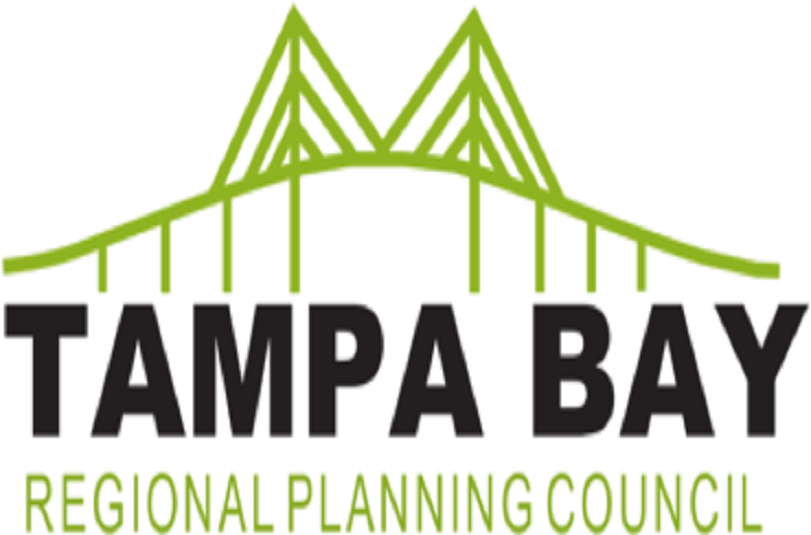
As the sun begins to shine brighter and the days get a little bit hotter, residents of the greater Tampa Bay area know we are growing closer to hurricane season. Seaside and inland residents alike check last year’s unused supplies and write their shopping and to-do lists in preparation for the possible storms to come. Water, gas and cans of food disappear from shelves and boards and bags of sand fill the backs of trucks. For Floridians, hurricanes are a way of life — they make their summer travel plans alongside potential hurricane paths and remain flexible should the weather become inclement.
Despite Floridians’ flexibility and resiliency, the yearly chatter from climatologists for an even more active hurricane season looms over the state. With the growth in major downtown areas like Tampa and St. Pete and continuously rising sea levels, the disaster models of the past are no longer current.
The economic devastation caused from the catastrophic hurricanes making landfall in Florida in 2016 and 2017, created new programs and grants toward future mitigation planning. In a press release earlier this month, Governor DeSantis announced a $20 million project to improve the resiliency of the state in creating new or improved disaster models, mapping and plans of action.
He announced that the Florida Department of Economic Opportunity’s Rebuild Florida General Planning Support Program will administer the funding to 37 counties, municipalities, nonprofits and educational institutions across Florida.
Furthermore, an additional $1,499,000 was awarded to the greater Tampa Bay area and other regions in Florida to create strategic planning to mitigate future catastrophic hurricane damage. With the East Central Florida Regional Planning Council, the Tampa Bay Regional Planning Council (TBRPC) will develop a flood planning strategy that will transfer efforts created in coastal areas to inland areas and provide regional standards for the rest of the state.
The TBRPC intends to allocate its share of the funds to develop a coastal resiliency action plan to evaluate state, local and regional requirements in Tampa Bay while in the city of St. Pete, develop a comprehensive seawall mitigation strategy to address rising sea levels. Additional projects include Clear Sky Tampa Bay, Tampa Bay REACH initiative and Resilient Tampa Bay Transportation all part of their Regional Resiliency Action Plan.
In addition to resiliency, TBRPC heads the greater area in disaster planning, hazard mitigation and business recovery. In 2009, the TBRPC created a hypothetical disaster model illustrating the devastating affects should a Category 5 hurricane hit the Tampa Bay area head on and the plan of action they would take in this event. Last year, the TBRPC updated this model calling it the Phoenix Project 2.0. This fictitious but highly possible scenario is nothing short of apocalyptic and a reminder of how vulnerable the area could be. The video accompanying the model is called “Phoenix Project 2.0:The Recovery” and begins with the catastrophic effects of a Cat 5 ripping through the greater Tampa Bay area. In what feels like a real-time series of doomsday newscasts, the simulation illustrates a flooded downtown, storm surges reaching the second floor of the Tampa Bay General Hospital, and roofs being ripped off by wind gusts of 200 mph. After the panic-attack-inducing intro, the video then turns to Mexico Beach to tell their recovery story after being hit by Hurricane Michael in 2018. Local people and businesses speak out about how they were affected by its devastation and deliver a message of hope and rebuilding. TBRPC takes that message and applies it to their own business recovery model.
With the millions of dollars in resiliency enhancement awarded this month, the Tampa Bay Regional Planning Council can continue to update its hurricane disaster plans and create new strategies to meet city growth while addressing climate change and the rising sea levels. This team of councilmembers and commissioners are dedicated to the greater Tampa Bay area and are committed to protecting their residents and businesses from whatever nature throws its way.
To learn more about these projects, go to https://www.tbrpc.org/resiliency-2/.
Author: Laura Parrinello




